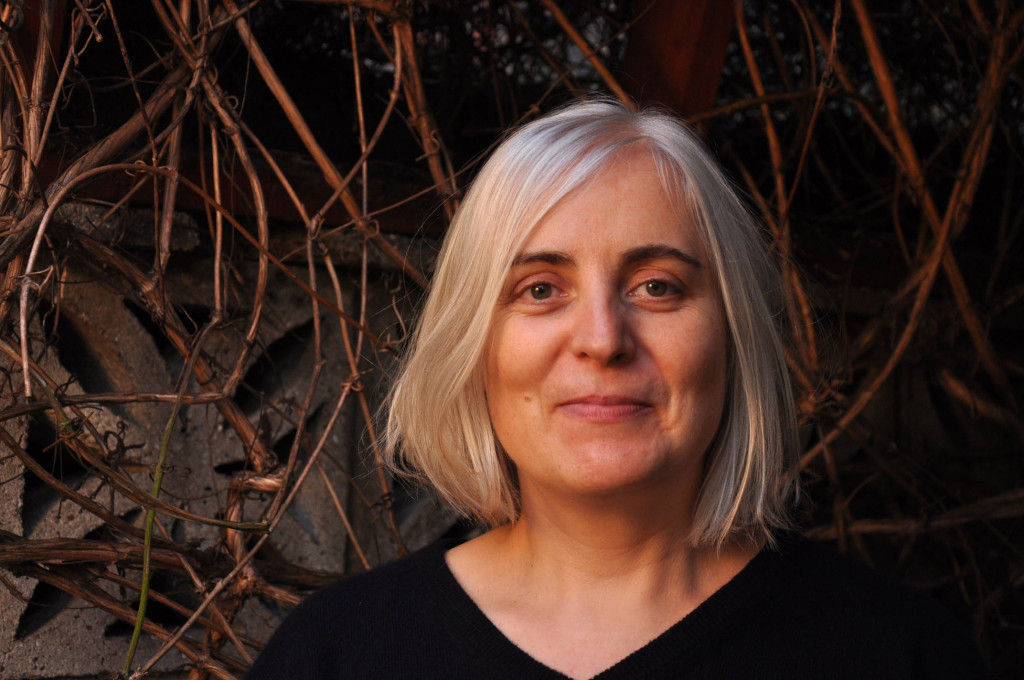 Photo of Siobhan Wall by Emel Omer
Photo of Siobhan Wall by Emel Omer
Siobhan has a deep appreciation for the beauty of silence, of calm and quiet places that give respite from the chaos of big cities. To share some of her favourite place, Siobhan has written and photographed a series of books: Quiet Amsterdam, Quiet London, Quiet Paris and, due to hit the shelves in the Spring, Quiet New York. In her interview below, she talks about why quietness is important to her and the world as a whole, a few other locations she would love to write about and from her experiences in these four cities she has already explored, some of her favourite quiet discoveries and places to enjoy a meal.
LO: Tell us bit about yourself and your background.
SW: I would describe myself as an artist, writer, and curator, but at the moment I don’t have much time to curate exhibitions as I am so busy writing the books about quiet places. I taught photography, documentary video-production, cultural studies and fine art at universities in London and Oxford for over ten years. Then my husband thought I was working too hard so 13 years ago we moved to Amsterdam and I really enjoy living in a city where I can go everywhere by bike or on foot. I decided to write a book about Amsterdam, as cycling round finding woods, lakes and small museums is the perfect way to discover the new place you are living in. I have some hearing loss, so in London I always looked for quiet places to meet friends after work and I decided to write a book that might interest other people who appreciate tranquil spots. It took a long time to find a publisher as I think most people in marketing departments don’t value quietness. So I self-published my first book in 2009. I printed it in black and white and distributed it by bicycle, which was a real eye-opener for me. I’m quite shy and it took courage to talk to bookshop managers but I found that with a photobook it was a lot easier to persuade them to stock Quiet Amsterdam than if I’d written a novel. When I’m not writing or doing research for the books, I go to my studio to do drawing. At the moment I’m just doing small pictures, as I don’t have much time to work on large projects, so one thing I’ve learnt while working on the books is how to be very patient. I would have lots of ideas, and it’s difficult realising them all at once. When I’m not writing or drawing I love to go swimming and my favourite activity is snorkelling. I imagine I’m in a very quiet, underwater movie about swimming amongst shoals of fish but I don’t get to do this very often, unfortunately.
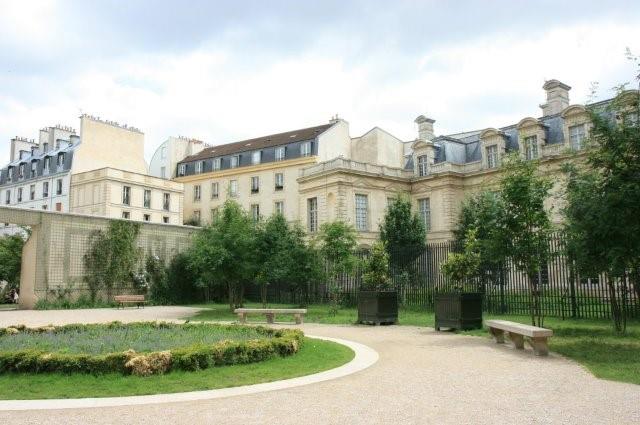 Photo: Anne Frank Jardin, Paris
Photo: Anne Frank Jardin, Paris
LO: You’ve written a series of books detailing quiet places in some of the world’s most popular cities – London, Amsterdam, Paris and New York. What are your main criteria for a place to be considered “quiet” enough to include?
SW: All the cafes and restaurants should not play any background or ambient music, and not even have the radio on. Sometimes this makes the decision to write about a particular place quite difficult. I included a riverside pub on the Thames in London’s Hammersmith which is really lovely and doesn’t play music but it does get very noisy and crowded because it has great views. I think people who read the book will know that such places need customers and have to make a profit so the best thing to do is go early when the pub is quiet. The parks must be relatively quiet and not too near a main road, or have children’s play equipment. If I see someone sitting reading in a garden or park, I think that person is a potential reader and likes quietness so this is probably a good place to include in my books. There is a quiet chemists just near Old Street in London but it’s not a very attractive shop, so I’m not sure I’d include this. I prefer to choose interesting shops that sell organic foods and have a slow-food mentality, because this is in keeping with the ideas in my books.
LO: Tell us the story of the moment you decided to embark on the first book – Quiet London. Where were you and what were you doing? Why is this project important to you?
SW: I was working at a university on the edge of the City of London and my office was on the second floor of a building in the middle of a busy roundabout. At lunchtimes I used to go to the Whitechapel Art Gallery over the road, and this was a peaceful oasis for me. It was probably there that I decided I’d write a book about my favourite quiet spots. I also have Meniere’s Disease and this caused permanent hearing loss, so that’s why I started to look for quiet places to meet friends for meals at the weekends. I find it calming and inspiring to sit in gardens, too. I grew up in a large village next to the countryside in Leicestershire and have great memories of walking in ancient forests and hilly landscapes. This is where I felt free, uninhibited and happy, so I am always drawn to beautiful places outdoors. I think our childhood memories have a huge impact on what we enjoy as adults, and I am a bit worried that my nieces and nephews all seem to be hopelessly addicted to computer screens and their digital devices. The older they get, the harder it is to get them to go cycling or walking outdoors.
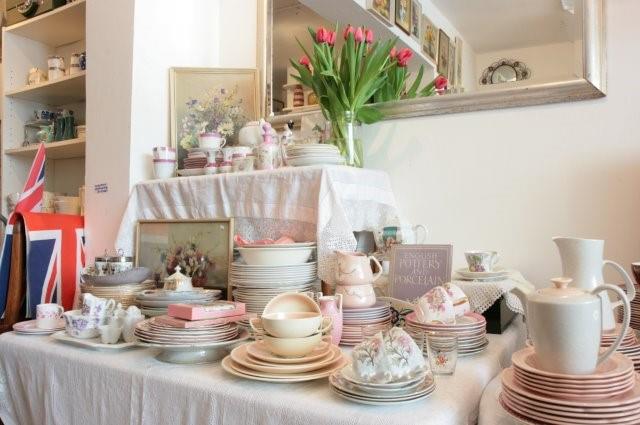 Photo: Vintage Heaven shop, London
Photo: Vintage Heaven shop, London
The project is important to me because I think the Western world is too noisy and people can find traffic noise and city life very stressful. There’s quite a lot of research about the fact that excessive noise can cause heart disease and even death, in particular if you have noisy neighbours who don’t care about the impact they are having on other people. There’s a very sad story about an elderly man in South London who committed suicide because his neighbours were incredibly noisy and refused to turn their music down. This is an extreme case, but I think low-level stress due to excessive noise can affect people’s ability to concentrate and sleep well. My dream is that people would start to live more quietly, spend more time listening to others, and enjoy looking at and thinking about art, but I realise that this is not for everybody. After my book was published, the big department store Selfridge’s in London opened a quiet room for shoppers, and I just hope that this might have been in response to reading my book about London. I think music in restaurants is unnecessary and distracting, especially for people who have some hearing loss or hyperacusis, (over sensitivity to certain frequencies of sound). Even people without hearing problems tell me that they find loud music in restaurants intrusive and distracting.
I chose to include photographs in my book so that people felt excited about going to attractive places that were quiet. I want my images to be seductive, enticing people to seek out calm moments in their lives. I know I’m not the only person who is interested in this, because so many people I know go to yoga classes and more and more people are practising mindful meditation. This was very apparent in New York.
SW:
London: I really like the Red Cross Garden in Southwark, South London. It’s a really pretty small garden with a pond, and is especially nice because the area is mainly social housing so it’s appreciated by people who don’t have much access to open spaces.
Amsterdam: I’ll mention a place I discovered recently which isn’t in my book; a cafe and bread shop called Iambe, which is run by people with learning difficulties. Their spelt bread is just fantastic but the cafe is always empty despite being really pretty with simple wooden tables and handmade felt pictures on the wall. I’d recommend it as a place to sit and read a book while having an apple juice and their raisin brioche.
Paris: I came across the gardens in the National Archives at the end of my stay in Paris and was just entranced. There are formal gardens at the entrance but beyond a small gate you discover other petit jardins with huge trees, small ponds and even a modern walkway bordered with lavender bushes.
New York City: I think a lot of people know about it, but the Brooklyn Botanic Garden was just lovely. It has wild areas and a bluebell wood, and in spring the cherry blossom is just spectacular. I also think this is a good place to encourage children to appreciate quiet outdoor spaces.
LO: Tell us a bit about your latest book, Quiet New York, set to publish next Spring. What’s special about it? What are the highlights for you? Are you coming across any challenges or surprises in the process?
SW: I think what’s special about Quiet New York is that it’s such a busy city that finding peaceful places is even more important than in cities like Amsterdam, where the back streets are empty most of the time. There aren’t really any quiet streets in New York, as I found out when I was staying near Union Square. Police sirens and party revellers kept me awake at night and garbage trucks woke me up in the early morning. It was very difficult to find restaurants which didn’t play music, because there aren’t any! The main challenge was trying to find small shops and cafes which didn’t have CDs playing but I persevered and I found a few. It was like discovering rare treasures. The highlights were the parks in the northwest of the city, which still feel like ancient landscapes with dramatic ravines. I wish I had had more time to go for long walks through these unspoiled woodlands.
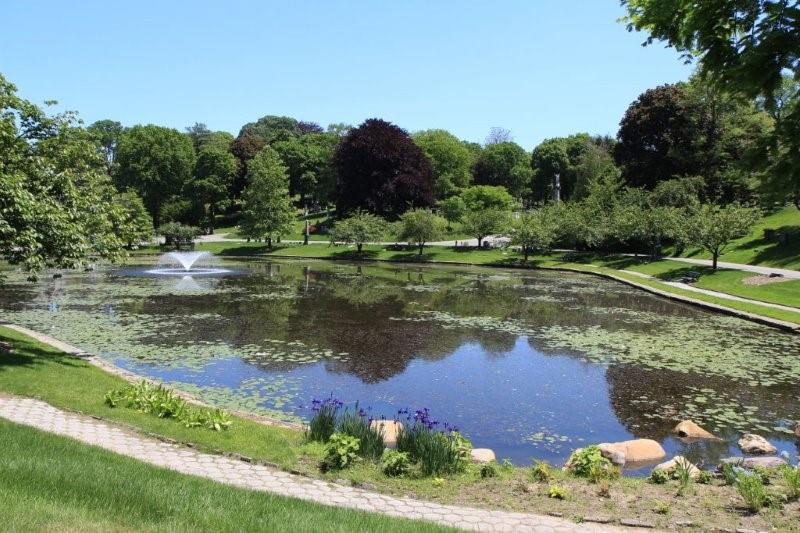 Photo: Green Wood Cemetery New York
Photo: Green Wood Cemetery New York
LO: When you decide to document the quiet places of a city, how long do you spend there? How do you approach the city? How do you do your research – is it mostly online or do you go out and talk to the local community?
SW: I shoot around 160 places for each book, so for New York I stayed seven weeks and shot three to four places a day. It’s not a very tranquil process, but at least I get to go to quiet places all day long. I do some research online; often I just look for the green areas on a map which tell me where parks are, but I much prefer just talking to people. I found New Yorkers particularly friendly, and if I spoke to someone in one quiet place they would invariably tell me about another. It was like belonging to a secret club that just existed for half an hour and then re-formed in another place.
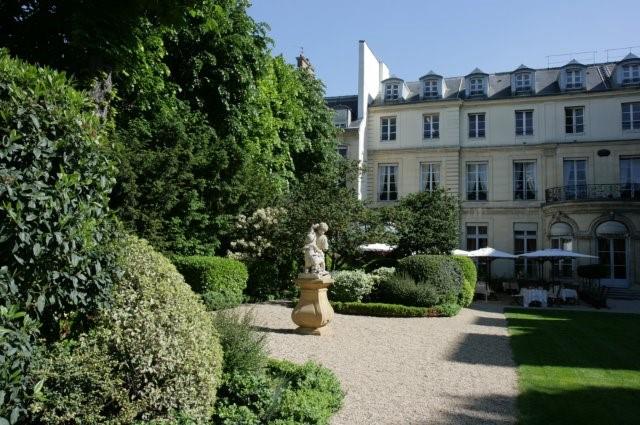 Photo: Maison Amerique Latine Paris
Photo: Maison Amerique Latine Paris
LO: How did you choose the cities you’ve written about so far? Are they places you are strongly connected to? Places you were interested in exploring? Or some other reason?
SW: I wanted to write about Amsterdam, because it’s such a beautiful place and I enjoy telling other people about the hidden gardens and nature reserves I discovered. Because I’d lived and worked in London for over 12 years, I knew the city really well and wanted to help other people find some respite from the noise and crowds. I remember being in Piccadilly Circus one Easter weekend, and it was just so difficult to walk down the street because there were so many tour groups. I think it’s a pity that they only get to see the iconic locations and never visit the idyllic spots elsewhere. Some people say to me that if I write about quiet places, then everyone will want to go there, but that hasn’t happened. In fact, in Amsterdam, two places have closed since I published the first book – probably because not enough people visited. My publisher asked me to write about New York, and I was really (quietly) excited. I’ve also taken photographs of Berlin and I’d love to do Quiet Yorkshire, because I know some really beautiful walks there and I like the Quaker meeting house my mother goes to — a 400-year-old building near Holmfirth. I just want to share my excitement about beautiful, inspiring, peaceful places with as many people as possible. I’m really delighted that the London books have been very popular. Apparently, people buy them a lot as presents for their friends and family. I think they are wanting to give them an opportunity to discover a more tranquil side to life. They are caring for them by buying the book as a gift, which is really encouraging to hear.
LO: You’re obviously influenced by the sense of hearing. What about the other senses? What was your standout memory of each of the following from New York:
SW:
Sight: I adore flowers and wanted to capture the colour of mauve irises and dark purple pansies growing in gardens in New York
Smell: The worst smell I encountered was walking past a very polluted canal in New York. It was pale blue toxic sludge. I was shocked that such industrial pollution still existed in a modern city. The best smell was the New York Botanic Garden lawns after a shower of rain.
Taste: The food in New York was fantastic. I just enjoyed going to the salad bars and selecting fresh spinach, baked pumpkin and black-eyed beans. I didn’t really have time to sit down for a long lunch so would eat bagels on a bench in small parks, making mental notes as I ate.
Touch: Floating in the warm water in the wonderful spa at Aire Ancient Baths was pure heaven.
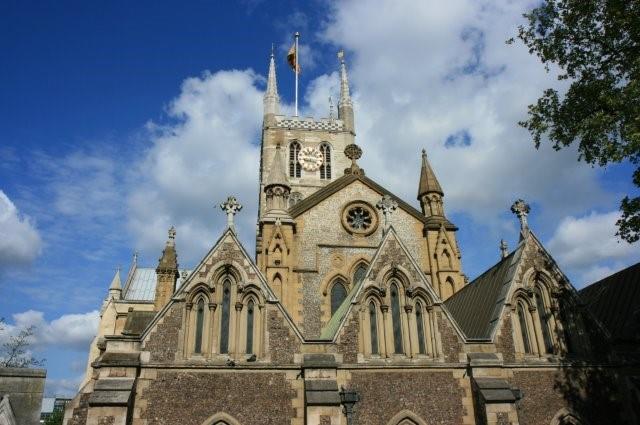 Photo: Southwark cathedral, London
Photo: Southwark cathedral, London
LO: Where have you had your favourite meal in each of these cities (quiet or not!)
SW:
London: I recently went to a small restaurant which was like a small cafe just off Brick Lane called Dosa World. I really like South Indian food, especially after I was in Mangalore in 1996 to direct a film about environmental issues. The staff are friendly here and the dosas are just as good as the ones in India.
Amsterdam: My favourite restaurant is Kilimanjaro, which serves Ethiopian injera with lots of different vegetable dishes – like an Indian thali but with African spices. The staff are very nice, too. They also sell beer from Brouwerij Het Ij, which is brewed in a local windmill.
Paris: I’m mainly vegan and I went to a really great restaurant called Le Grand Appetit near Republique. It’s so old-fashioned, the decor hasn’t changed since the 1970s, but the dishes have flecks of nori and kombu and the puddings have very subtle, delicate flavours. I really love cooking but I’m not sure I’d have the patience to produce such a wide variety of dishes for friends if they came round for a meal.
New York: Souen restaurant is a macrobiotic paradise. I’ve never tasted such lovely flavours and combinations of delicious vegetables and unusual textures.
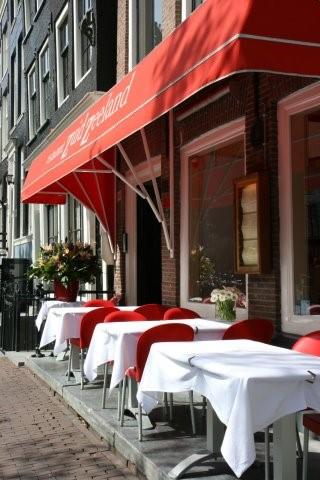
Photo: Zuid Zeeland restaurant, Amsterdam
LO: What’s next for you? Are you considering a location for a fifth book? What else are you working on?
SW: I’m about to go to London to write about more places in the capital. I’m really looking forward to photographing places I didn’t have room for in the initial book. I’ll include parks and museums in the outer boroughs in travel zones 3 and 4, too. If anyone has any suggestions for quiet places not in my previous book, I’d love to hear about them so please leave a comment below… I’m particularly interested in finding out about yoga classes and meditation centres as well as hidden gardens and pocket parks.
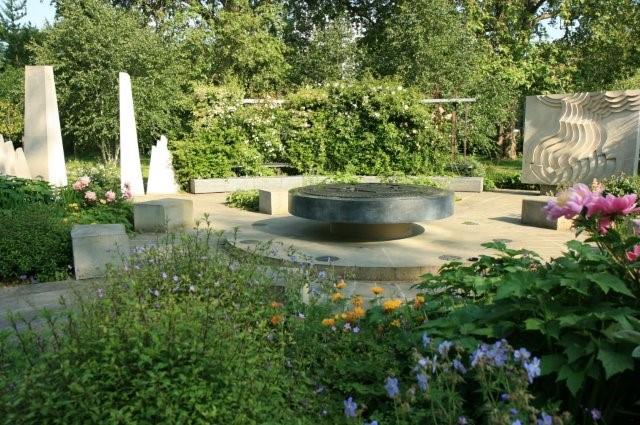 Photo: Tibetan Peace Garden, London
Photo: Tibetan Peace Garden, London
Thanks Siobhan!
Siobhan is also profiled here.
LOOKING FOR SIOBHAN’S BOOKS?
UK Amazon links
London: Quiet London | Quiet London: Food + Drink | Quiet London: Culture | Quiet London: Quiet Corners | Quiet London Postcard Book
Amsterdam: Quiet Amsterdam
New York: Quiet New York
Paris: Quiet Paris
US Amazon links
London: Quiet London | Quiet London: Food + Drink | Quiet London: Culture | Quiet London: Quiet Corners | Quiet London Postcard Book
Amsterdam: Quiet Amsterdam
New York: Quiet New York
Paris: Quiet Paris

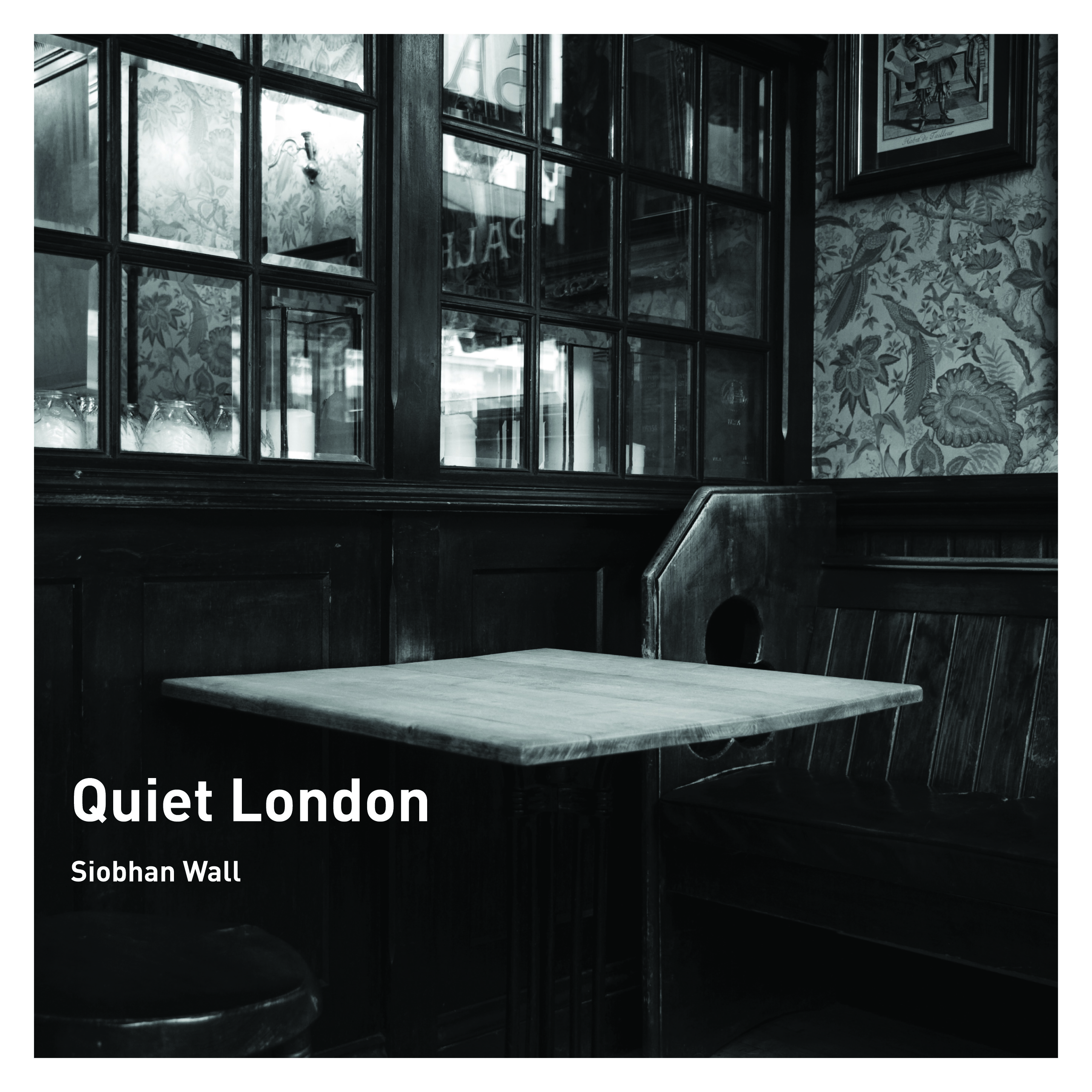
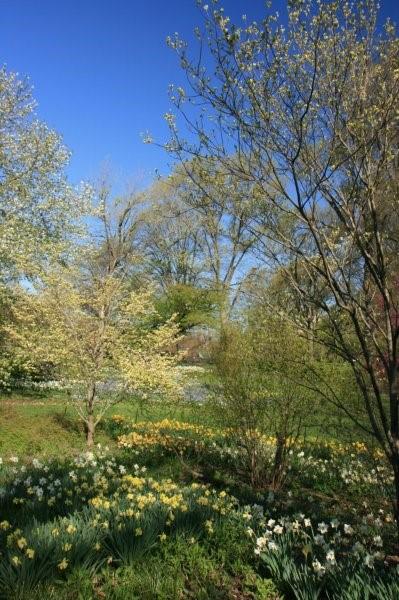
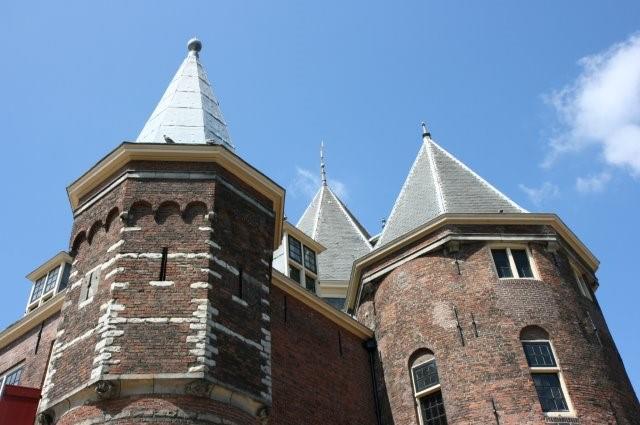
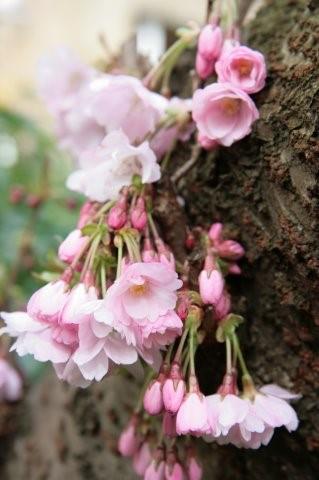
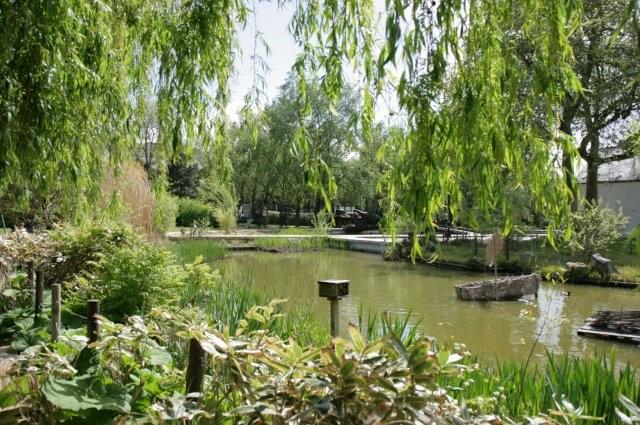
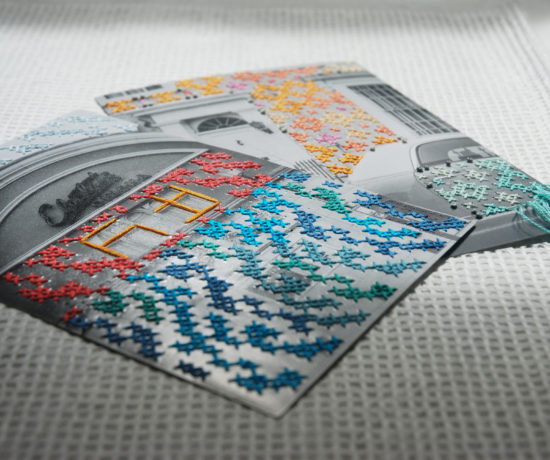
No Comments